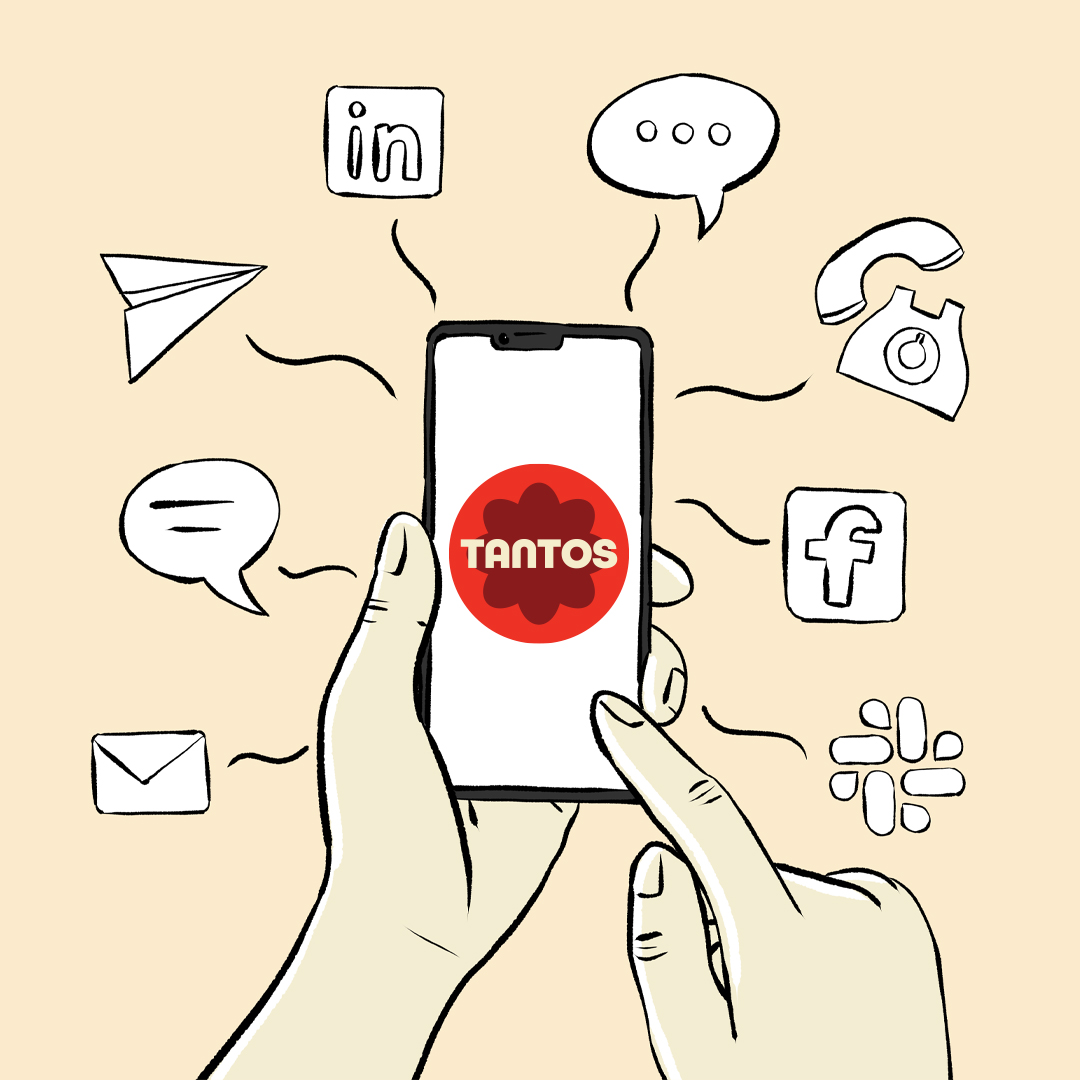After our three sold-out drops, Chef Joe and I knew we had a product people wanted—but the question was, how on earth do we do this at scale? Up to that point, Joe was still frying and bagging chips in his apartment. That might’ve worked for a few hundred units, but we realized we’d never reach the big leagues without a more efficient process. Tantos needed a two-step manufacturing method instead of our current three-step ordeal, or we’d never make this work. Except, I had no idea how to pull that off.
Figuring Out the “How”
When I’m stuck on a problem, I lean on a simple strategy: ask people who are smarter than me. In this case, that meant anyone with expertise in the CPG (Consumer Packaged Goods) space—manufacturing, packaging, supply chain, you name it. I was all over LinkedIn, messaging random pasta manufacturers, calling the R&D departments of chip companies, and yes, even analyzing the back of every snack bag I could find to see who made it. I’d pick up the phone, cold-call them, and say, “Hey, is this something you can help me with?”
At one point, I remembered Joe’s joke about how Tantos tasted like plant-based pork rinds. So I thought, Why not call pork rind manufacturers, too? Talk about a Hail Mary. But that’s networking: you throw yourself out there, hoping someone has the answers you need. Sure enough, I found a lead—someone named Mark—who changed everything. I don’t even remember who introduced me to him (I’ve since lost that email account), but I’m grateful I got lucky. Then again, one of my favorite sayings is luck is what happens when preparation meets opportunity, and I was definitely prepared to pitch Tantos to anyone who’d listen.
From my very first call with Mark, he grasped Tantos immediately. Within minutes, he regurgitated the “plant-based pork rind” concept—and just got it. It was amazing. Mark’s brain worked at lightning speed, rattling off calculations about how many thousands of pounds of product we’d need if we truly went national. He said, “You need a pellet supplier, a seasoning house, and a co-manufacturer who can handle this in just two steps.” I was stunned. He basically built my entire supply chain over the phone, then followed up with email introductions. My jaw dropped. I hung up, half in disbelief, half ecstatic. In a single day, I went from banging my head against the wall to thinking, We can scale Tantos for real.
Mark turned out to be the snack-world wizard I didn’t know I needed. I realized that if I wanted Tantos to succeed, I had to latch onto people like him. I needed him to be my mentor—no question.
“Professional Persistence”
Looking back, my biggest networking strategy comes down to what I call “professional persistence.” I’ll send a polite but direct email or LinkedIn message, and if I don’t hear back, I’ll follow up—once, twice, sometimes three times—without overstepping boundaries. You’d be surprised how many people eventually respond if you stay on their radar without being pushy. Half the time, they’re just swamped and appreciate the reminder. People are usually more willing to chat than you’d think; they just need to see you’re legit and respectful of their time.
Of course, not every cold call or email ended in success. Plenty of folks ghosted me or said, “Nah, we’re not interested.” I didn’t take it personally—that’s part of the game. The goal was simple: talk to enough people so that sooner or later, I’d find someone who got excited about a puffed pasta chip. And that’s exactly what happened with Mark and a handful of others. They saw the same potential I did.
I also tapped into Startup CPG, an online Slack community where emerging food brands swap advice and leads. It’s great if you need connections for manufacturing, packaging, or distribution. Again, it’s all about consistently putting yourself out there—even if it’s just chatting with a random person in a Slack channel who knows someone who knows someone. That’s how real opportunities often emerge.
Mark was definitely my breakthrough moment. If I hadn’t picked up the phone that day, I have no idea how I would’ve pieced together the Tantos supply chain. After that call, it felt like the universe gave me a green light, and before I knew it, we had the exact process Joe and I envisioned.
If I had to pass along one piece of advice, it’s that people are more willing to talk than you might expect—you just have to ask. Stay professionally persistent, follow up, and don’t be afraid to drop a quick note asking for five or ten minutes of someone’s time. The worst thing that can happen is they ignore you; the best thing is they connect you to someone like Mark, who might just change your business trajectory.
For Tantos, hyper-networking wasn’t just a buzzword—it was the difference between spinning our wheels in Joe’s apartment and actually figuring out how to produce a puffed pasta chip at scale. It proved that even in an industry dominated by big players, a couple of scrappy founders with a crazy idea—and a lot of emails—can open all the right doors.









